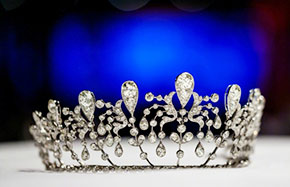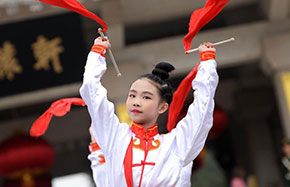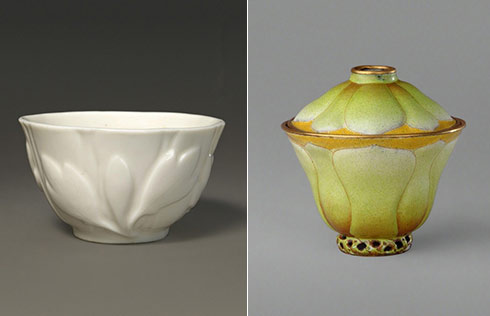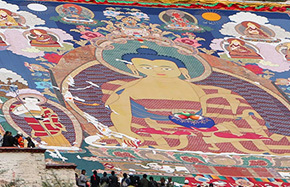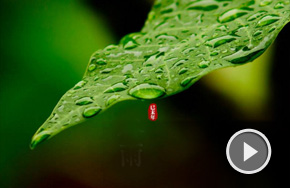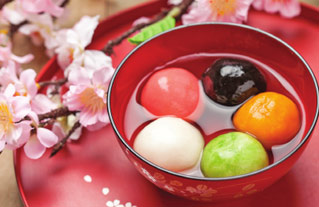Nine tales about Chinese jade
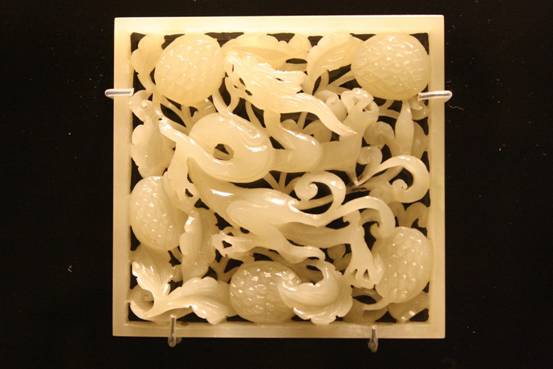 |
|
Jade belt plaque, Ming Dynasty (14th-17th centuries). [Photo/pointurier.org] |
The jade used since ancient times in China is nephrite, which in its pure state is white but may be green, cream, yellow, brown, gray, black or mottled due to the presence of impurities, chiefly iron compounds. Chinese used the generic term yu (jade) to cover a variety of related jade-like stones, including nephrite, bowenite (a type of serpentine) and jadeite.
Xu Shen, from the Han Dynasty (206BC-221AD) details five virtues of jade in his work Shuowenjiezi (Discussions of Writings and Explanations of Character) - benevolence, for its luster and brilliance; honesty, for its translucent texture; wisdom, for its tranquil and far-reaching tone; integrity and bravery, for it may be broken but cannot be twisted.
Jade has always been the material most highly prized by Chinese, above silver and gold. In ancient times, jade was usually placed with dead emperors or nobles in tombs or enshrined in rituals. For centuries, this extremely tough translucent stone has been associated with royalty and regarded as a token of divinity.
Why do the Chinese hold jade in such esteem? Through the following nine tales, from myth and historical records, you may get a glimpse of Chinese people’s reverence for jade.




